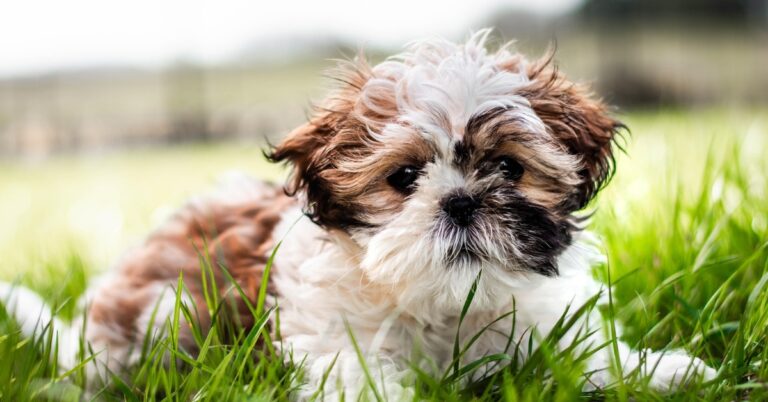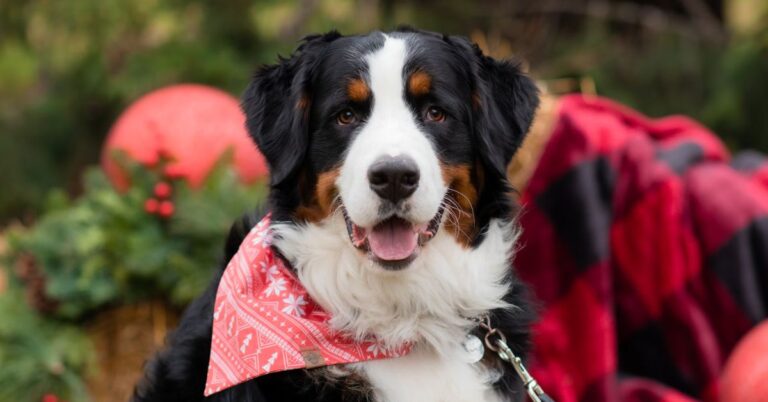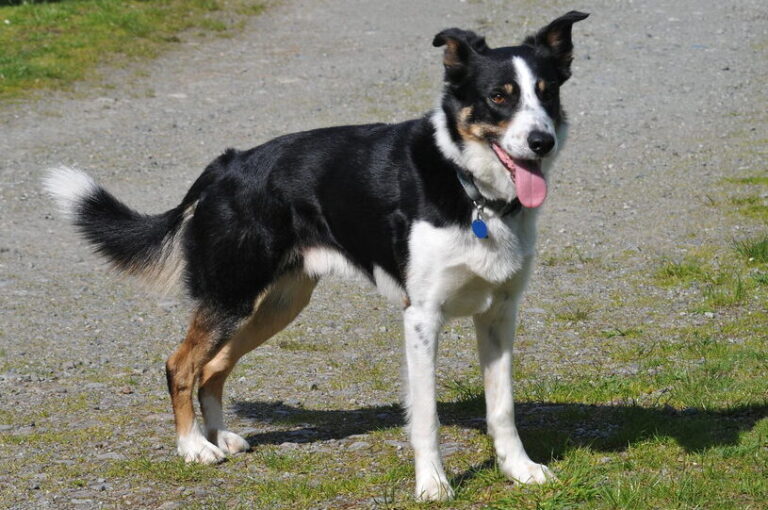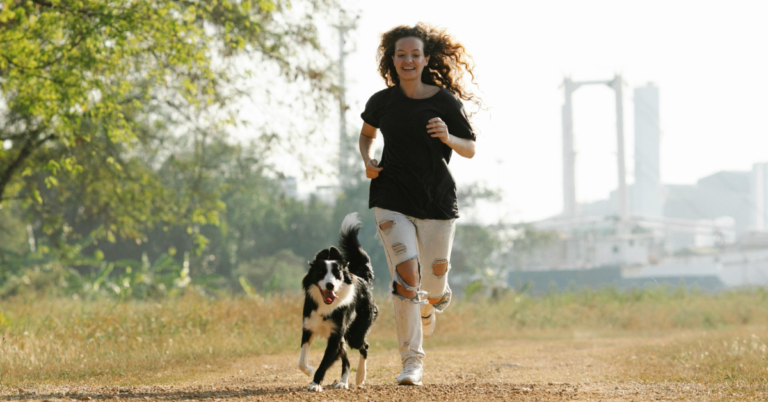Dog Breeds That Could Smell Trouble Almost a Mile Away — Literally

Some dogs don’t just sniff—they analyze. These breeds were refined over centuries to follow scent across time, terrain, and distraction. Whether they’re sniffing out contraband or trailing prey miles away, their noses are anything but ordinary.
Beagle
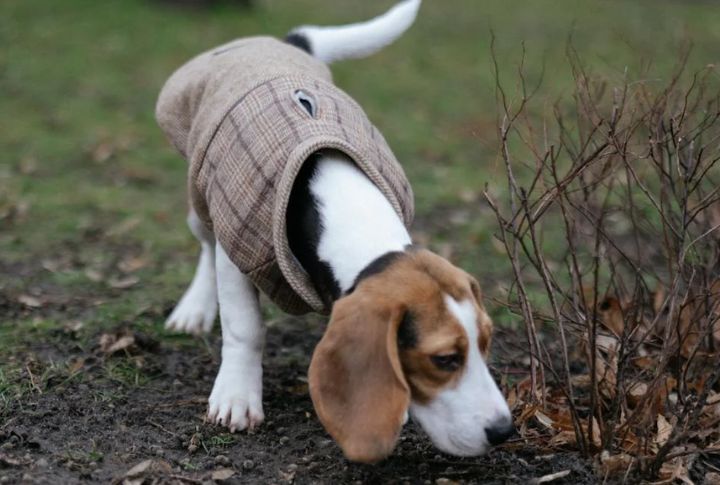
With over 220 million scent receptors, Beagles were built to follow trails with comic-level stubbornness. Originally developed for rabbit hunting, they’re now often used in airport agriculture screening. Their small size and non-intimidating nature make them ideal for sniffing out contraband without spooking travelers.
Bloodhound
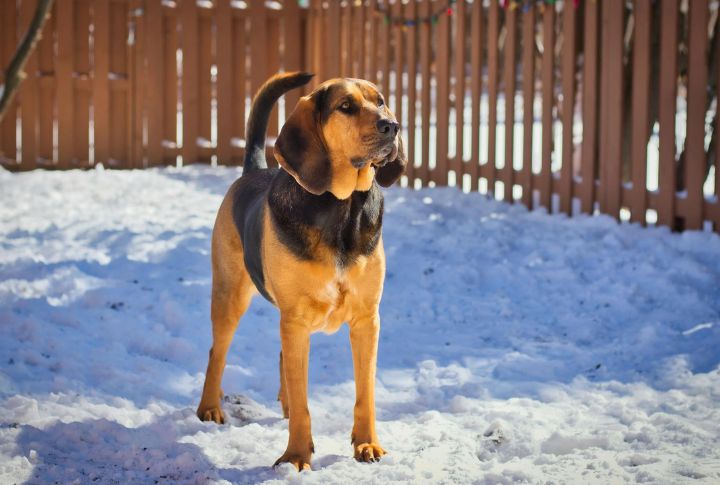
Few breeds come close to the tracking ability of a Bloodhound. They can follow a trail that’s days old through water, urban sprawl, or mountain terrain. Their facial folds trap scent, while long ears sweep odors toward the nose. Courts have even accepted Bloodhound tracking evidence as admissible testimony.
German Shepherd
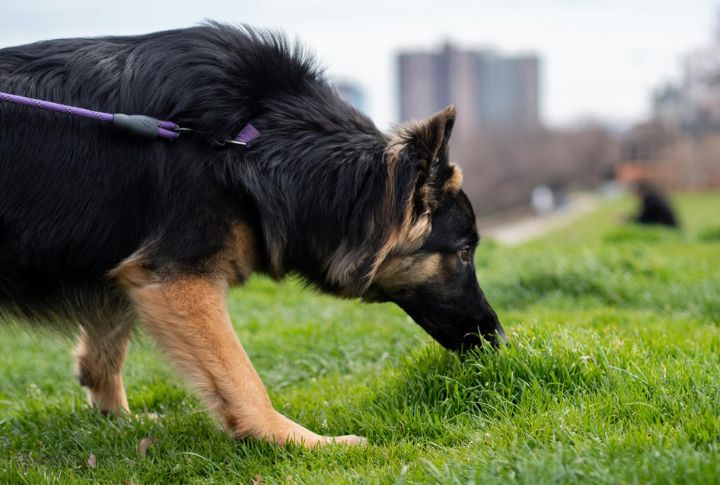
A favorite in law enforcement, the German Shepherd pairs olfactory strength with obedience and grit. They’re trained to detect bombs, drugs, and even human remains in disaster zones. Their success lies not just in smell but in their discipline—they stay on task in chaotic, high-stakes environments.
Labrador Retriever

Labs strike a balance between nose and nerve. Their adaptability allows them to work across disciplines: arson detection, diabetes alerts, and avalanche rescue. Labs willingly work long shifts in busy, unpredictable places, making them a staple in both service dog work and official detection units.
Basset Hound
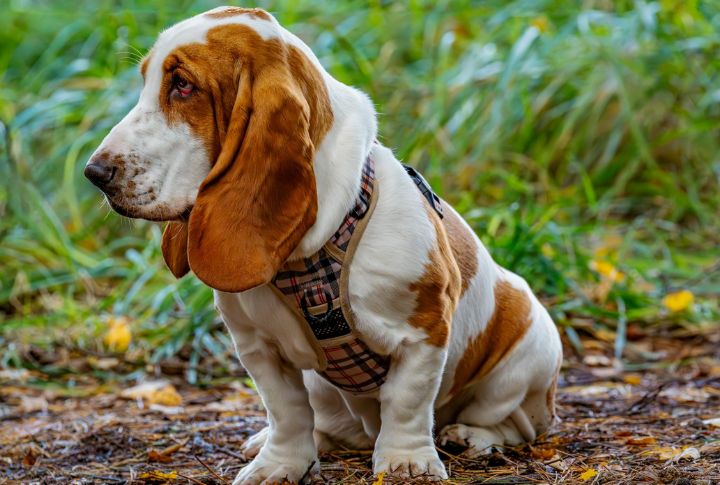
Those droopy ears aren’t just for show—they help trap scent particles and guide them toward the Basset’s powerful nose. With around 200 million olfactory receptors, Bassets can trail ground scent for miles. Their slow, methodical pace is a plus when precision outweighs speed.
Coonhound
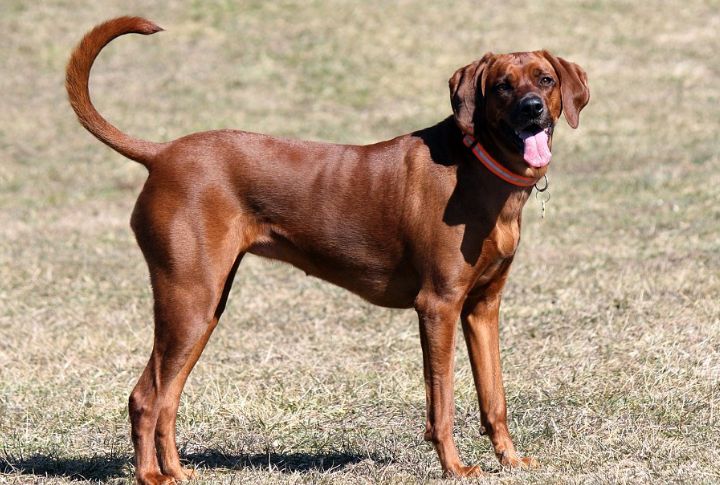
Coonhounds can follow a scent through forests, rivers, and rocky terrain for hours. Bred to track game like raccoons and bear, they’re relentless hunters with a vocal “baying” trait to signal when the target’s found. Independence is a hallmark; they don’t wait for instructions once they’re on a trail.
Belgian Malinois
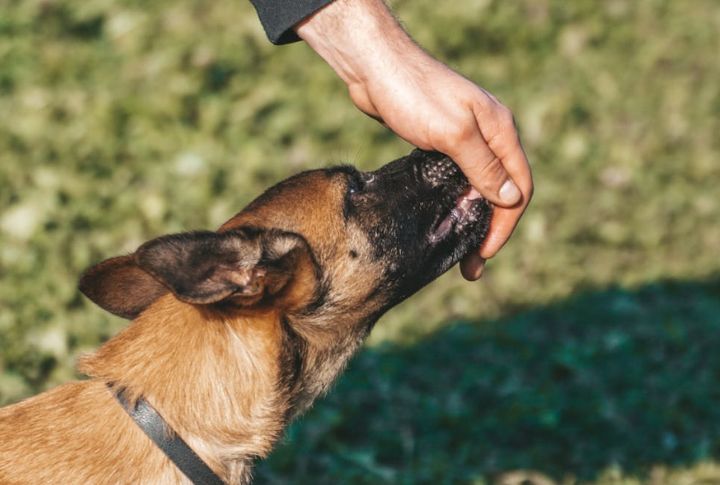
The breed of choice for elite military K9 units, Malinois combine a sharp nose with explosive drive. They excel in high-stakes detection work—sniffing out explosives, finding survivors in rubble, and identifying narcotics in transit hubs. Their work ethic is matched by pinpoint accuracy under pressure.
Dachshund
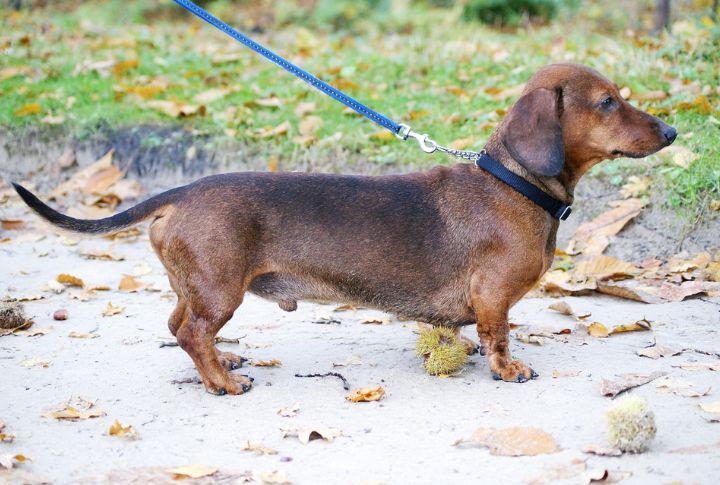
Dachshunds may look like comic relief, but those long noses and stubborn temperaments are assets underground. Originally developed to hunt burrowing animals like badgers, they track scent through tunnels and thick brush with fierce determination. Their persistence makes them surprisingly useful for rural scent work.
Golden Retriever
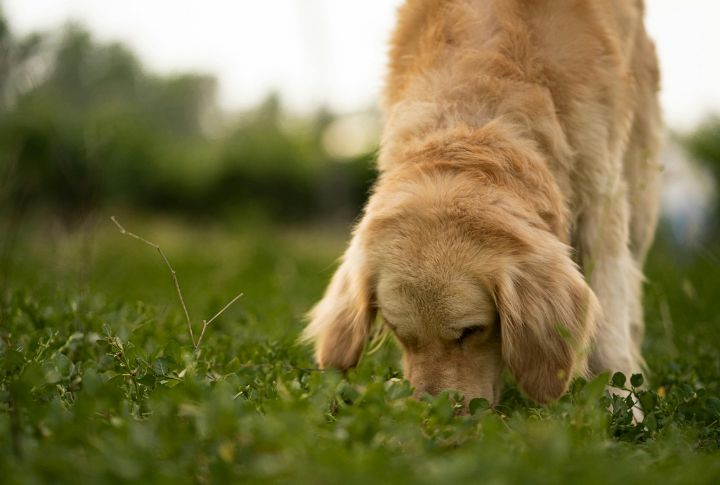
Goldens detect scent changes in people’s breath, sweat, and skin chemistry—skills used in medical alert roles. Their eager-to-please attitude means they take to training well, and their stamina allows them to work in emotionally demanding environments like disaster sites and hospitals.
Airedale Terrier

Nicknamed the “King of Terriers,” Airedales carried messages across enemy lines in World War I. Today, their intelligence and courage serve them well in search operations. They excel when detection requires not just nosework but boldness—such as locating injured hikers in challenging terrain.
Poodle
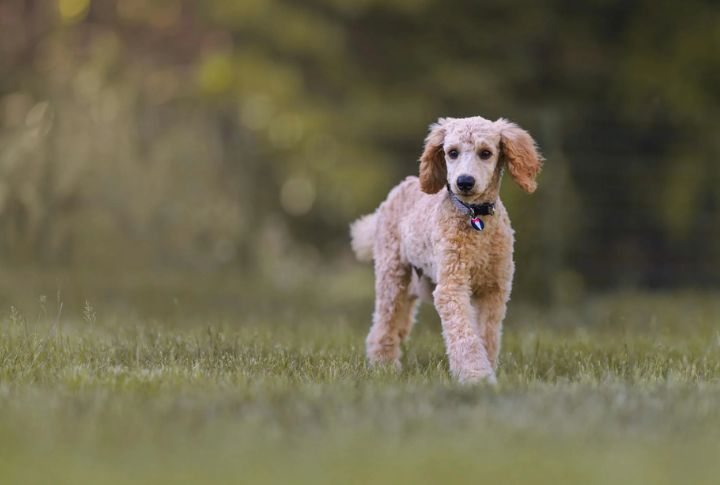
Standard Poodles may be best known for their curls, but they’ve quietly earned respect in scent detection. Originally bred as water retrievers, they’re now used in search-and-rescue teams where low-shedding coats are preferred—especially in allergy-sensitive environments like schools and clinics.
Belgian Tervuren

Tervurens are alert, driven, and thrive on structured tasks. Their scenting ability is strong enough for disaster response and cadaver detection. Because they bond closely with handlers, they excel when precision and teamwork are both required—particularly in multi-day search operations.
Foxhound

Designed for stamina over speed, the Foxhound shines in long-distance trailing. Hunters prize their ability to track faint scents over hills, fields, and forests for hours at a time. They work best in packs, where they communicate scent signals vocally to one another and their handlers.
German Shorthaired Pointer
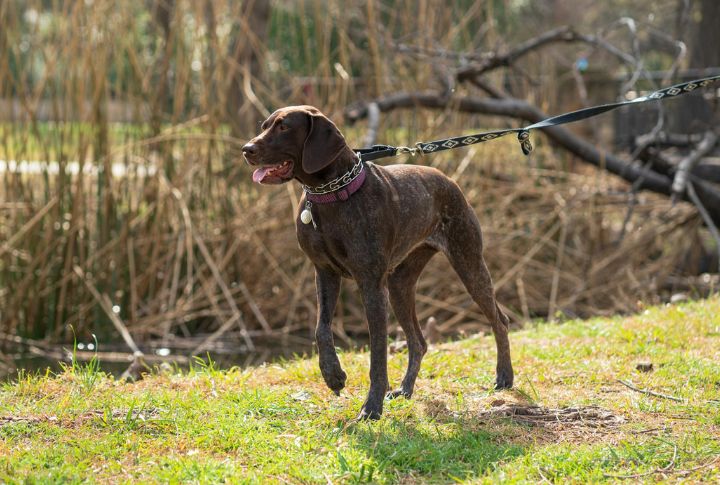
GSPs are built for scent detection across both land and water. Hunters rely on their ability to locate game with almost surgical precision. In urban rescue settings, they transition well to tracking lost persons due to their quick reaction time and high scent sensitivity.
Cocker Spaniel
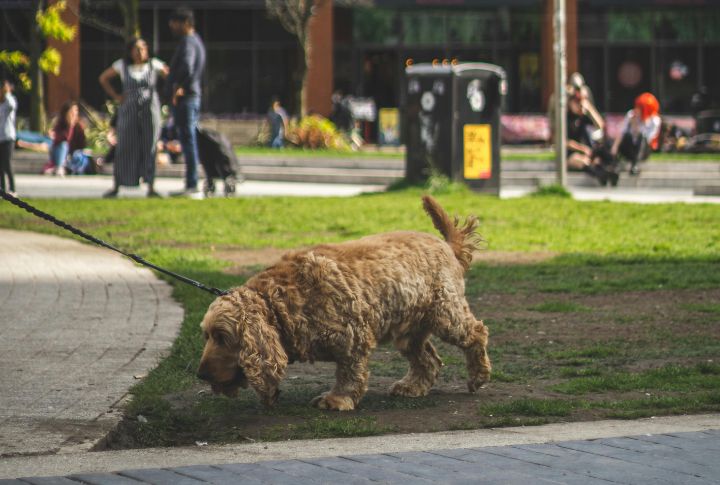
Smaller than many working dogs but just as capable, Cocker Spaniels are often used in airport customs inspections. Their size lets them search tight spaces like luggage holds, and their sharp noses make them excellent at locating food, drugs, and currency hidden in sealed containers.
Weimaraner
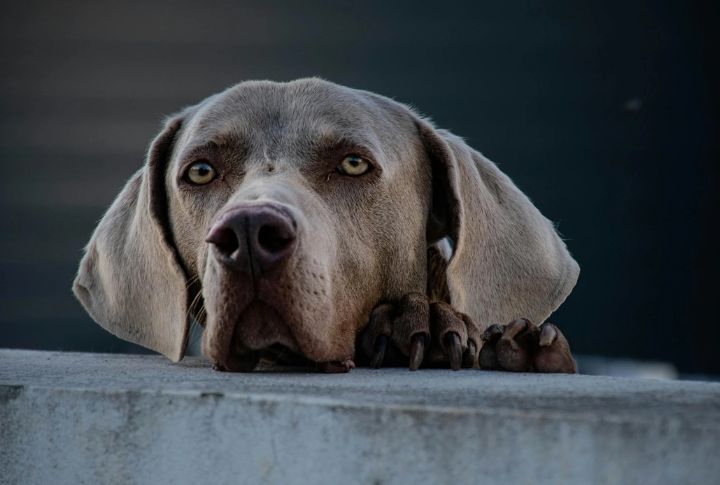
Originally bred for hunting large game, Weimaraners have the olfactory strength to detect scent through thick brush and wind. Their alertness and endurance make them strong candidates for modern search roles. They’re often used in rugged wilderness searches where speed and range are key.
English Pointer

Pointers freeze when they catch scent, giving hunters time to move in quietly. Their keen nose and ability to pinpoint prey without chasing it down makes them ideal for upland bird hunting. They work fast, with a scanning technique suited for open landscapes.
Vizsla
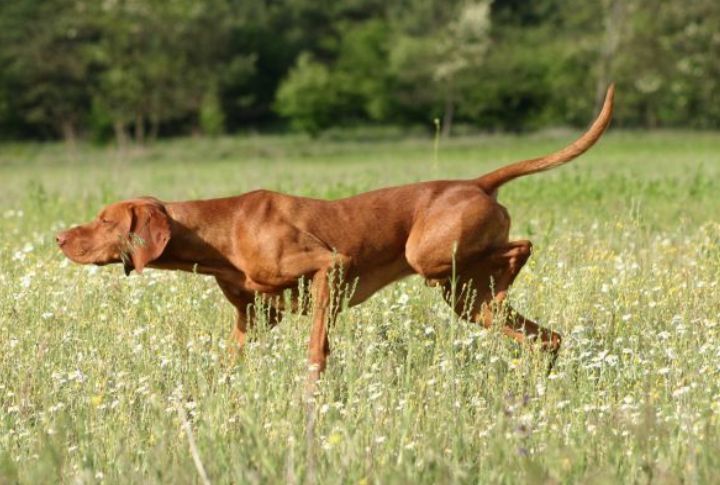
Vizslas were built for hunting at close range alongside humans. Their scenting ability is finely tuned to upland terrain, where quick decisions and close handler contact are required. Because of their people-focused nature, they respond immediately to direction—an asset during fast-moving scent trails.
English Springer Spaniel
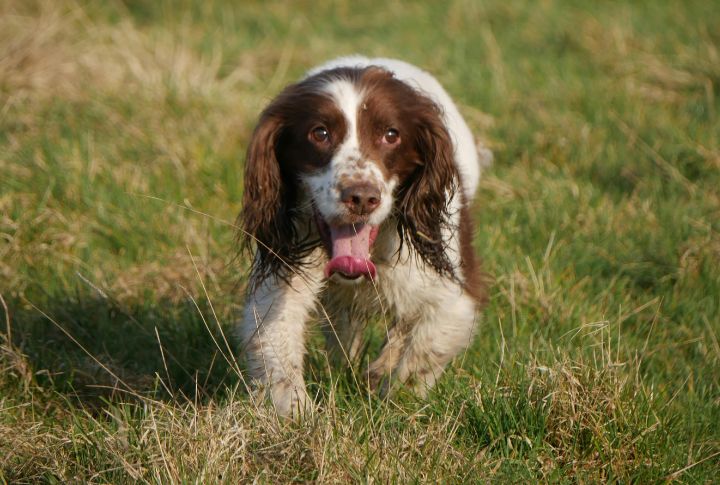
This breed’s agility and enthusiasm make them naturals at finding contraband in busy, enclosed spaces. They’re common in customs and bomb detection units, especially in airports and stadiums. With proper training, they can distinguish multiple scent profiles simultaneously—a talent rare in dogs this size.
English Cocker Spaniel

Known for their compact build and determined nature, English Cockers excel at detection tasks in cramped or crowded conditions. Often found working with law enforcement in the UK, they’re trained to identify drugs, explosives, and currency, even in vehicles or high-traffic public areas.

